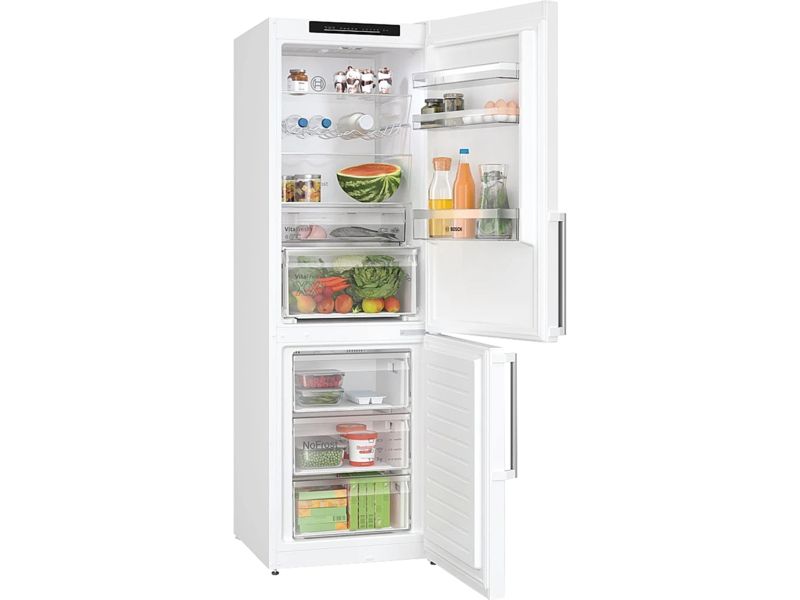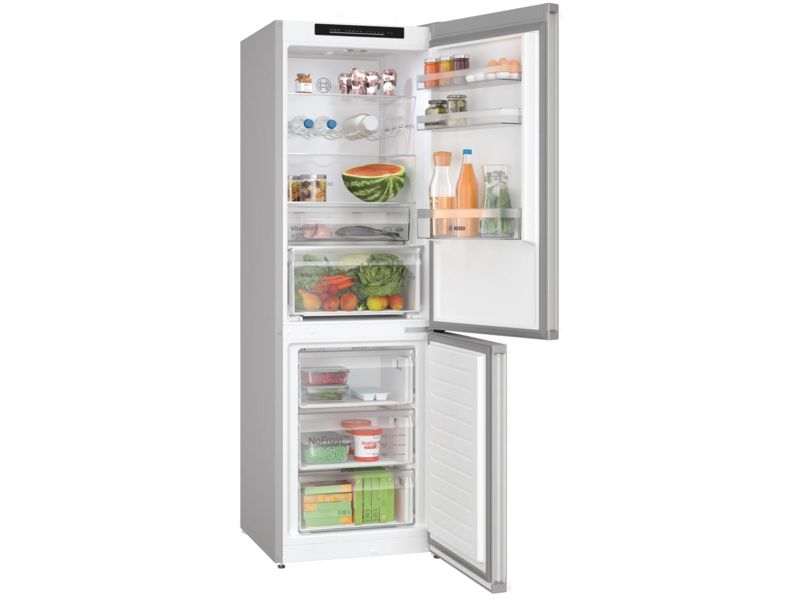Fridge freezer safety

Fridge freezer safety tips
- Refer to your instruction manual to make sure you keep the recommended distance between your refrigeration appliance and the wall, and that there are no other obstructions that can restrict airflow.
- Make sure vents aren't blocked and the area around your appliances is kept clean to prevent the build-up of dust and grease.
- Plug your refrigeration appliance directly into the wall rather than using an extension lead, and ensure the sockets aren't overloaded with too many plugs.
- If your appliance starts making a strange noise, don't ignore it. If you suspect there might be a problem, always unplug it and contact the manufacturer or a qualified repair technician.
- Don't be tempted to put your fridge freezer in the hallway: if a fire does break out in your home, you need all escape routes to be clear.
- Fit smoke alarms: white goods are often left switched on 24 hours a day, seven days a week, and a smoke alarm will wake you up if a fire starts while you're sleeping. You should fit enough smoke alarms to cover all areas where a fire could start – a minimum of one per floor – and test them regularly.
- Fit a heat alarm in your kitchen. This will give you early warning of a temperature increase caused by fire, but won’t be set off by cooking fumes.
- Register your appliance, so you'll be informed if the manufacturer identifies any issues with it.
- Be careful with refrigerant, which is used in fridges, freezers and fridge freezers to extract the heat from the device. In modern appliances, it's used in very small quantities but it's highly flammable, so be careful when transporting a refrigerator and don't plug it in if it looks damaged in any way. To reduce the risk of refrigerant leaks, don't defrost the appliance using anything sharp.
- Be careful if you're thinking about using a big refrigerator in a small room. The proportion of refrigerant to normal air could get too high in the unlikely event of a leak, so will make the air more flammable. Common advice is that the room needs to have 1 cubic metre of space for every 8g of refrigerant used in the appliance. You can find the amount of refrigerant on your appliance's rating plate (your manual will tell you where this is).
Want more fridge tips? See How to keep food fresher for longer.
Flammable plastic vs aluminium-backed fridge freezers: our campaign
All fridges, freezers and fridge freezers need insulation to keep cool. This insulation is flammable, so it's essential that it's sufficiently protected in the event of a fire.
New safety standards
Following our campaign against fire-risk fridge freezers, new British safety standards designed to make these appliances safer were introduced on 11 July 2019.
How can I tell if an older fridge freezer is metal or plastic-backed?

It can be difficult to tell whether or not a fridge freezer, fridge or freezer has a plastic back.
If you own, or have bought or acquired a second-hand fridge freezer, our tool below should be able to tell you what type of backing material it has.
If the model you're looking for isn't in our tool (or for any reason you can't see our tool), we recommend contacting the manufacturer.
Please note: products made since the new safety standards were introduced in July 2019 might not be listed in the tool.
Should I worry if my fridge freezer is plastic-backed?
Those who already own an appliance with a flammable plastic back should be reassured that the likelihood of a refrigerator fire is very low. Our March 2018 research analysing government fire data found that only 8% of fires caused by faulty household appliances were caused by fridge freezers, fridges or freezers.
It's also important to note that the material used in the backing can allow an existing fire to spread – it isn’t the cause of fire itself.



